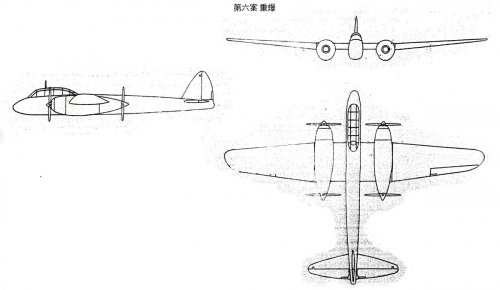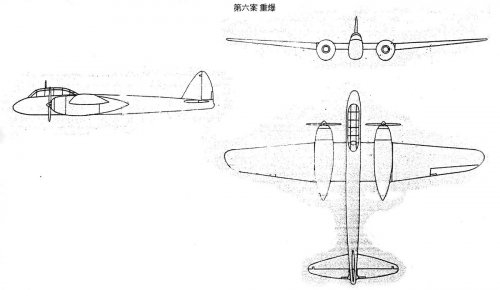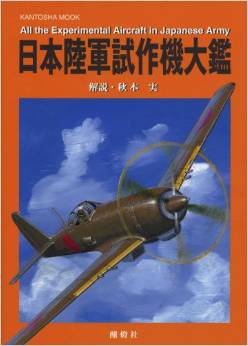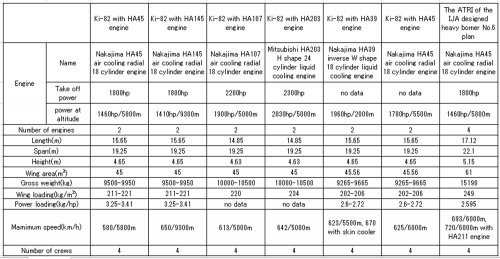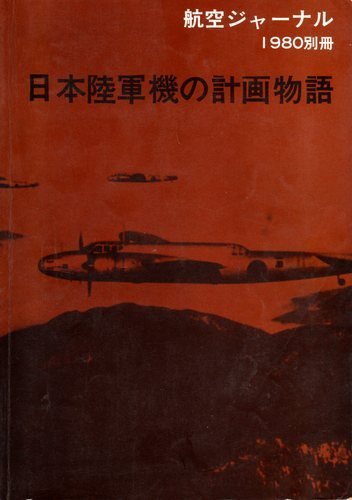The purpose of the research of a heavy bomber which the Japanese army aviation technology research institute did was to study the basic form of the bomber of making an engine into four sets based on the basic design point of high-speed twin-engined heavy bomber Ki-82 which was under plan by Nakajima airplane those days, and to consider it as the data of performance gain.
Equipment of the bomber of making an engine into four sets, the number of crew members, and a radius of action were made the same as that of Ki-82.
My post is rushing into a doubtful domain. ;D
Source : (1) All the Experimental Aircraft in Japanese Army, KANTOSHA MOOK, ISBN978-4-87357-233-8
(2) The story of the IJA aircrafts planning, Nario Ando, Aviation Journal magazine, 1980

